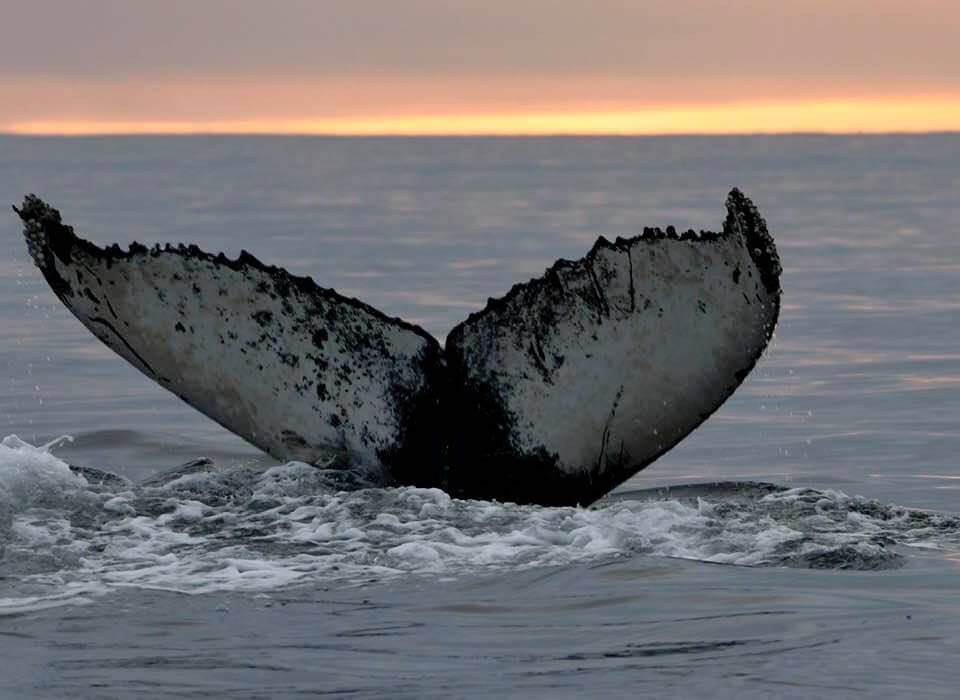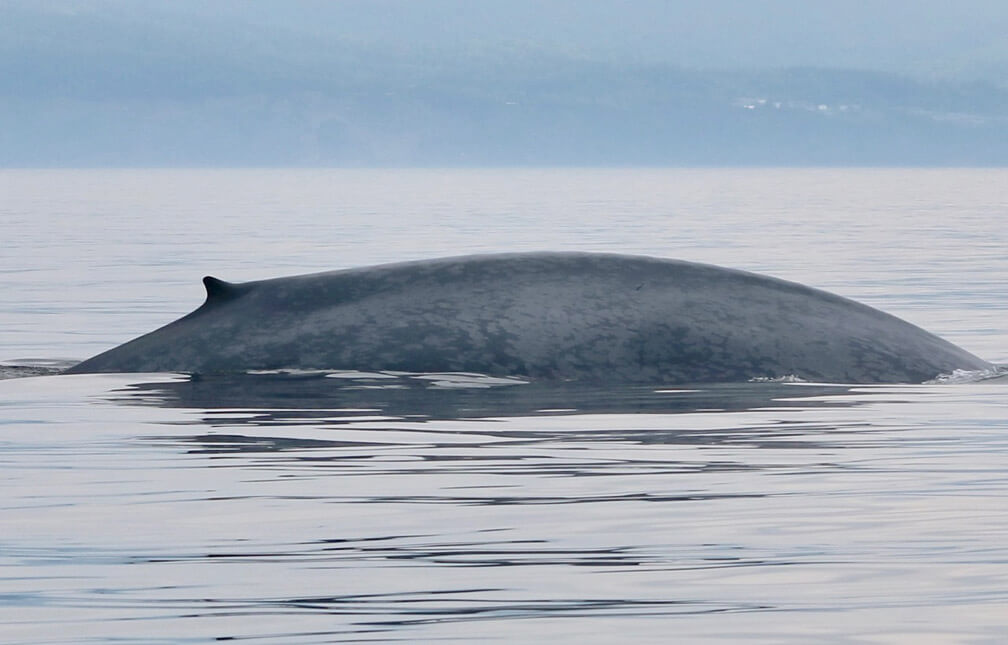Signs of affection, saying “I love you” and showing it with sweet gestures. Such is the essence of Valentine’s Day. But what about love in cetaceans? It’s difficult to know what whales feel, as they do not leave behind a diary detailing the nature of their intimate relationships.
Fortunately, some of their reproductive behaviours can be observed. Dancing, singing, sparring and demonstrating agility at sea are all aimed at ensuring the next generation. Romantic? Let’s say pragmatic instead. Nevertheless, let us take note of the variety and adaptability of whales’ activities for finding and, why not, loving their mate.
Beat me if you can!
In blue whales, amongst the selection criteria used by a female are the agility and strength of her male partner. In fall, blue whales passing through the St.Lawrence take part in a race between males to gain the affection of their sweetheart and stay in close proximity to her. This race was nicknamed the “rumba” by researcher Richard Sears. Two males will swim side by side without hesitating to jostle their opponent in a battle for the right to pass along their genes. They use their tails and pectoral fins to give one another an occasional shove in an attempt to gain the upper hand in the contest. The winner will stay with his female partner for several days, or even several weeks. It remains to be proven with certainty that their companionship will result in copulation every time.
Dancing and singing her praises
Humpbacks are well-known minstrels during the breeding season. Although this behaviour has been studied at length, scientists cannot say with certainty that singing is part of a male’s courting attempts. It is the males that sing these songs, in addition to performing 5-metre-high breaches and slapping the water surface with their pectoral fins. Between the vocals and the percussion, one can say that humpback bulls are blessed with rhythm for seducing females! This is crucial, because the individual must stand out from other males, who are also stepping up their efforts to gain the favours of the female.
A study of humpback melodies shows that they use different sequences and various tones. Research results do not systematically converge toward the same conclusions, which makes it difficult to determine the exact significance of these sequences. All the same, they are unique compositions, comparable, in human terms, to a serenade.
More than just friends
Research conducted by the Group for Research and Education on Marine Mammals (GREMM) has provided important insight into the social activities of male belugas in the St. Lawrence. Reaching their sexual maturity between 16 and 18 years old, males create “friendship” bonds where social-sexual games play an important role.
Thanks to drone images shot over the St. Lawrence Estuary, GREMM Scientific Director Robert Michaud and his team were able to observe male belugas exchanging curious pelvic thrusts. Practice for mating? Strengthening of social ties? To be continued!
Out of love for whales and the sea
Cynthia Girard-Renard’s exhibit Sans toit ni loi: The Ceataceans of the St. Lawrence features a life-size blue whale surrounded by other aquatic animals. While her work creates a fluttering, delicate impression, the artist’s intention is firmly rooted in the reality of cetaceans. Noise, disturbance, pollution and natural resource management are some of her concerns for whales. She has been fascinated by cetaceans ever since she was a child.
These gouache-painted paper constructions are a plea for the protection of the whales of the St. Lawrence and their environment. Cynthia tagged along with the GREMM team in 2019 to learn more about the reality of marine mammals in the St. Lawrence. Her work contains an encouraging and mobilizing message for the public. “It was important for me to work with paper. The materials are modest. I used the little I had to create something wonderful. You can have impact through poetry and your love for a subject. You don’t necessarily have to have a lot of money to create something,” she said in an interview.







